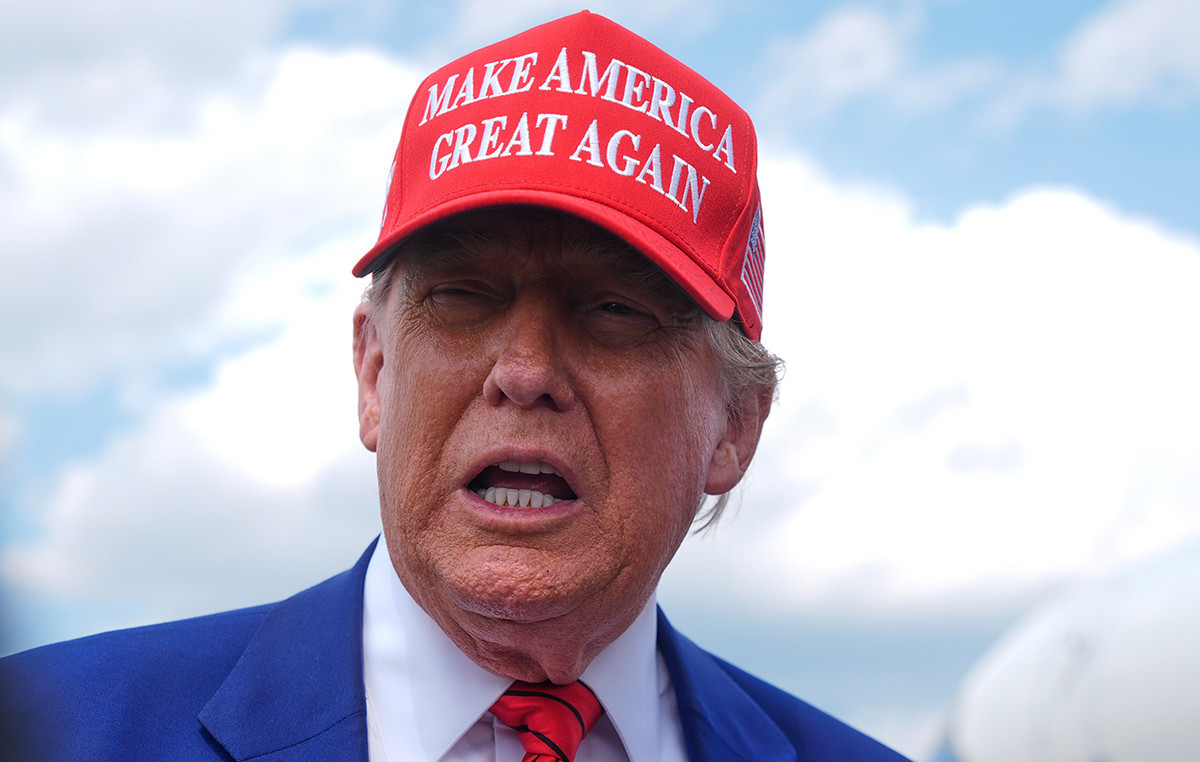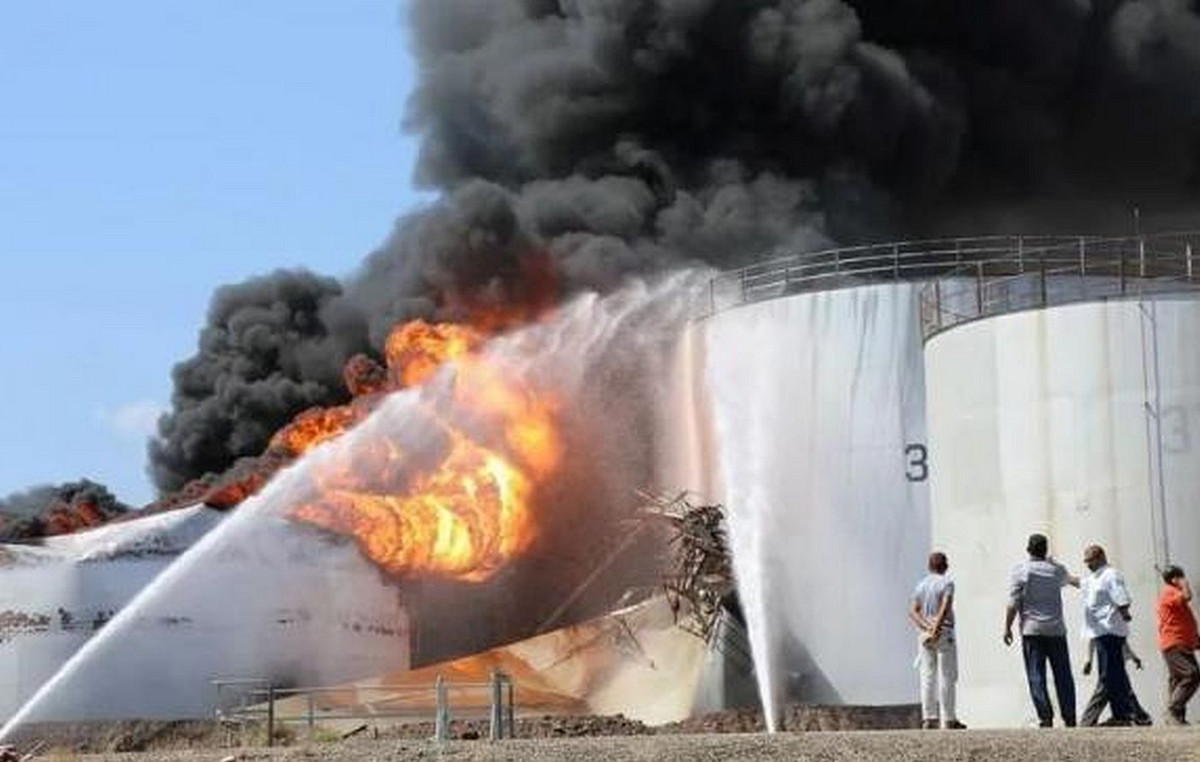Inflation decelerated in January, subtly, for all economic classes in Brazil, according to data released this Tuesday (15th) by the Institute of Applied Economic Research (Ipea).
However, according to the study, the indicator still mainly affects the poorest in the country.
The population with “very low purchasing power”, a group whose monthly family income is less than R$ 1,808.79, had the highest inflation rate in January, with the index marking 0.63%. In the previous month, the indicator was 0.74%.
In the last 12 months, inflation for these families registered an accumulated 10.5%.
The study shows that food is the biggest responsible for the financial difficulty among the poorest in the country. The survey highlights potato and beef prices, which rose 11.7% and 1.3%, respectively, as the biggest villains for these consumers.
Fruit also showed an increase in costs in the last month.
“The significant increases in in natura products – carrots (27.6%), oranges (14.9%), bananas (11.7%) and potatoes (9.7%) –, in addition to meats (1.3% ), coffee (4.8%) and soybean oil (1.4%), made the rise in the food and beverage group responsible for almost half of the inflation verified in this income segment in January”, points to IPEA.
To a lesser extent, the housing sector, which includes items such as personal hygiene and household appliances, also impacted the “very low” income population in January, according to Ipea. The segment recorded an adjustment of 2.4% for the period.
Among the products in this sector that most affect the group, there is the gas cylinder, which registers a price increase of almost 50% in two years, according to a survey by the CNN.
On the other hand, the population with greater financial power in Brazil had a relief from inflation last month, after a fall in the index, according to Ipea.
The Ipea Inflation Indicator shows that the “high” income population was 0.34% in January, when compared to December 2021. In December, the inflation felt by the group was 0.82%. The variation accumulated in the last 12 months for these consumers was 9.6%.
The good results for “high-income” families, who receive more than R$ 9,000 a month, are linked to the cooling of inflation in energy, due to the improvement in the water scenario, in transport by app and in air tickets, due to the of cheaper gasoline.
Published last Friday (11), data from the National Agency of Petroleum, Natural Gas and Biofuels (ANP) show a reduction in the national average price, reaching R$ 6.61 per liter.
“It is possible to observe that, while for the lower income classes all groups of goods and services presented positive contributions to inflation, in January, for the other groups, the transport group brought some relief from inflation”, highlights an excerpt from the article. search.
Source: CNN Brasil
I am Sophia william, author of World Stock Market. I have a degree in journalism from the University of Missouri and I have worked as a reporter for several news websites. I have a passion for writing and informing people about the latest news and events happening in the world. I strive to be accurate and unbiased in my reporting, and I hope to provide readers with valuable information that they can use to make informed decisions.







